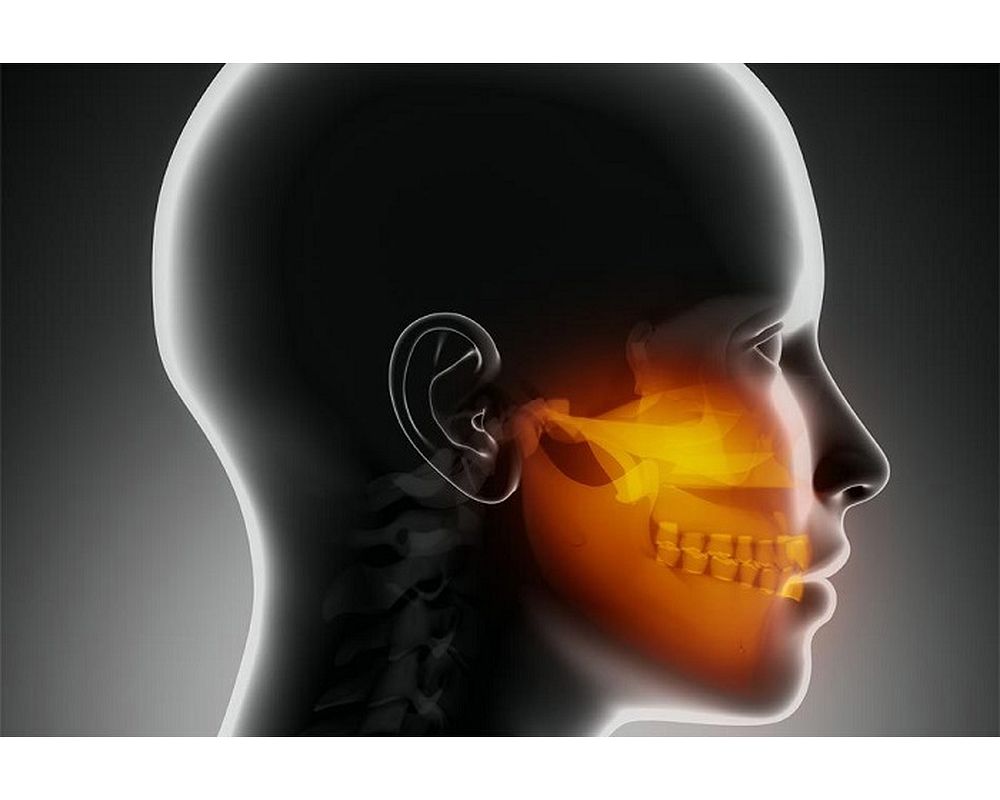Infants frequently present with oral lesions and conditions that may lead to anxiety among parents. The most common lesions and conditions include natal and neonatal teeth, the different oral mucosal cysts of the newborn, ankyloglossia and congenital epulis of the gingiva.
We invite you to our English-only dental publishing groups
🎯 WhatsApp Group All Odontology
🎯 Telegram Group All Odontology
🎯 Facebook Group All Odontology
The diagnostic features and management principles of these lesions are discussed in order for healthcare workers to provide proper care and counselling to patients and parents.
Enlaces Patrocinados
Introduction: Healthcare workers are faced with a variety of lesions affecting the oral cavities of infants. These may vary from physiological variations linked to development, to tumours. Knowledge of these is important for accurate diagnosis to allow proper counselling and advice on treatment planning. The aim of this paper is to inform healthcare workers about the diagnosis and management of common lesions and conditions affecting the oral cavities of newborns.
RECOMMENDED VIDEO
Technique for Primary Molar Tooth Pulpotomy
Technique for Primary Molar Tooth Pulpotomy
Natal and neonatal teeth
The first deciduous tooth erupts after approximately six months. Natal teeth are teeth present at birth, while neonatal teeth erupt within the first month after birth. The majority of natal teeth form part of the primary dentition, while about 10% represent supernumerary teeth.
WFP Van Heerden & AW Van Zyl (2010) Diagnosis and management of oral lesions and conditions in the newborn, South African Family Practice, 52:6, 489-491, DOI:10.1080/20786204.2010.10874032
You may also like :
► What are the symptoms of clenched teeth and how can we fix it?
► What You Should Know About Pericoronitis
► What is Trismus and what causes it?











